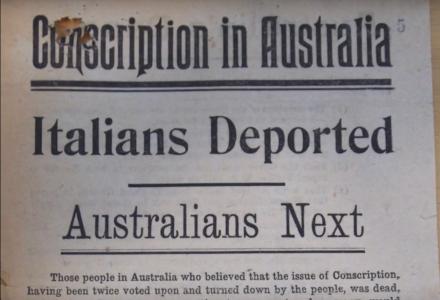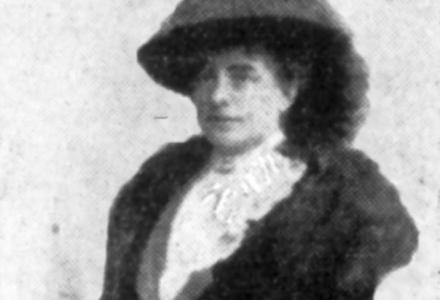Raised in a comfortably well-off family in Sydney, Lizzie Armstrong was strong, independent and resourceful. Determined to do her bit for the war effort, she sailed to Britain, trained as a physiotherapist and nursed the troops. Mindful that Australians were ‘great travellers’, she also organised tours of the old country, a welcome distraction from the horrors of the Front Line. When peace was declared, Lizzie persuaded Billy Hughes that she should stay on in London and manage her travel bureau from Australia House. She facilitated the ‘grand tour’ of many of her kinsfolk and organised some of the first pilgrimages across the Western Front.
Lizzie’s story shows us that women were not prepared to wait out the war on the side lines. She personifies the new woman of the new century, mobile, outspoken, and prepared to manage her affairs on her own. War disrupted the conventional gender order at the same time it reinforced it. It created a space for women in the public sphere and enabled many enterprising women to embark on businesses of their own.
For full attribution of sources, suggestions for further reading and an extended version of the story itself see ‘That Australian girl: Lizzie Armstrong’ in Bruce Scates, Rebecca Wheatley and Laura James, World War One: A History in 100 Stories (Melbourne, Penguin/Viking, 2015) pp. 3-5; 354



